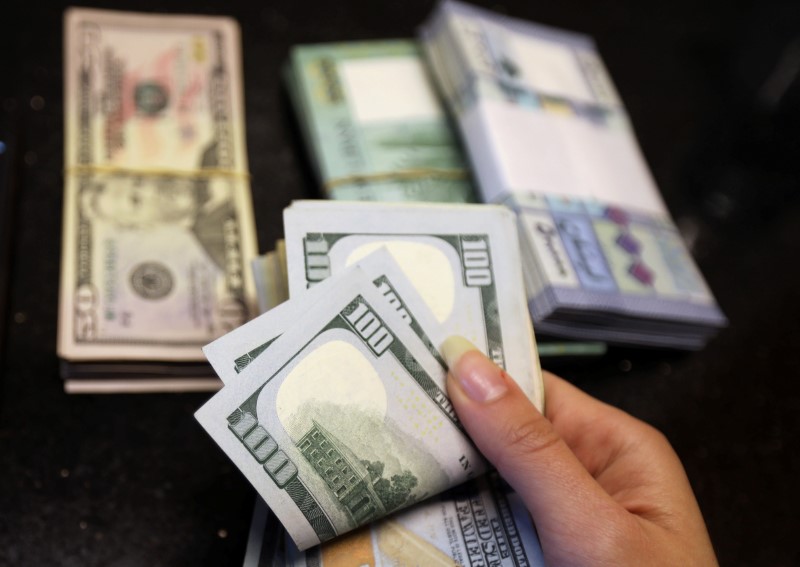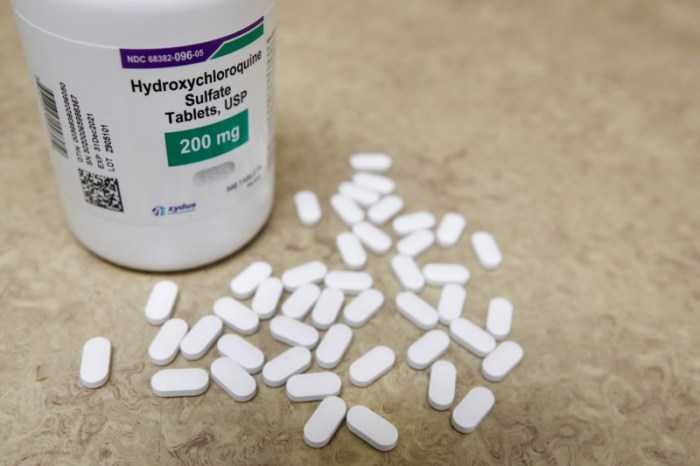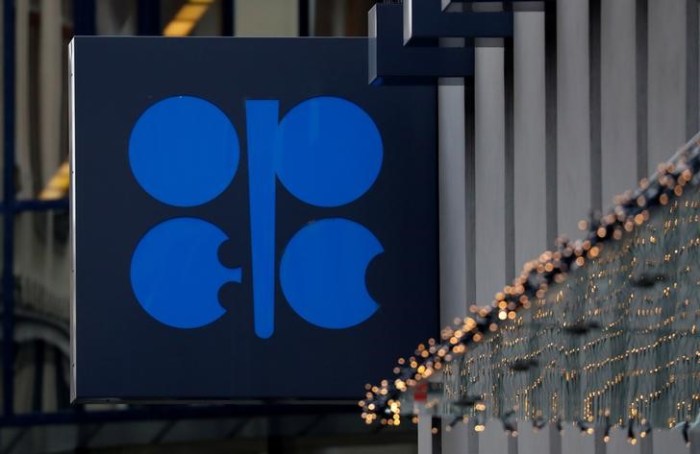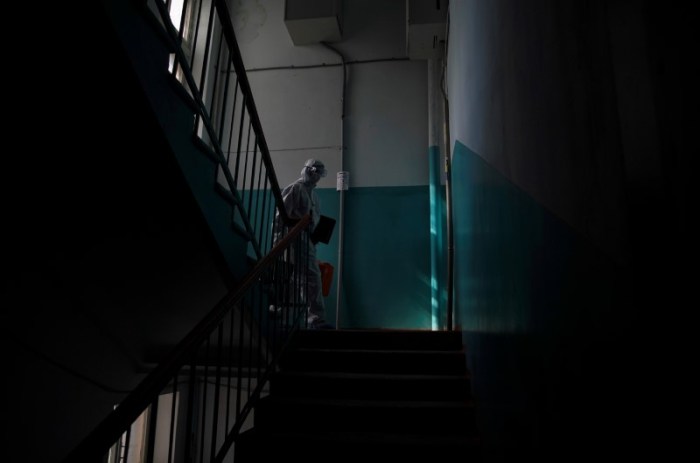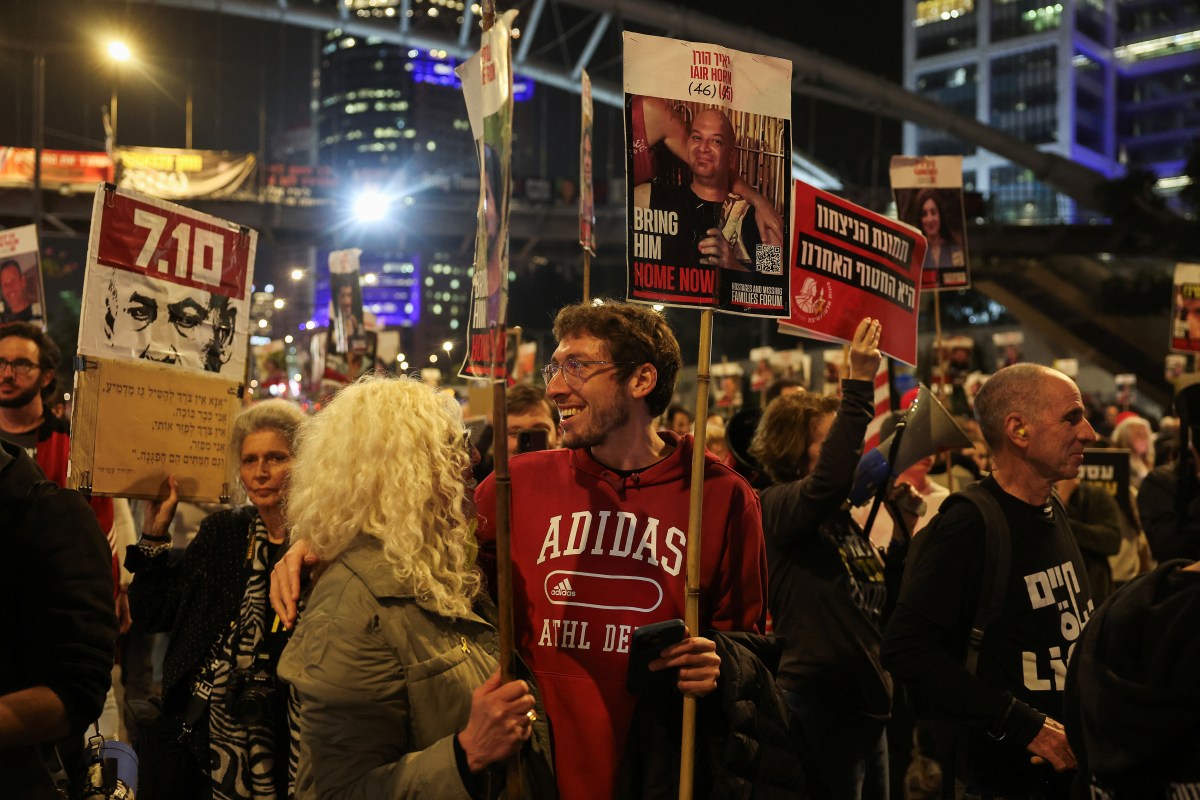NEW YORK (Reuters) – The U.S. dollar fell to an 11-week low against a basket of other currencies on Wednesday, on optimism that the worst of the economic downturn stemming from the global spread of the coronavirus is over.
Wall Street jumped in a broad rally on Wednesday, closing ground on all-time highs as signs of recovery from mandated economic shutdowns helped investors look beyond ongoing social unrest and pandemic woes. [.N]
The improving risk appetite has reduced demand for the greenback, which benefits from safe haven buying when markets are volatile and investors are reluctant to take risk.
“Momentum seems to be running the table right now. We think the broad pullback in the U.S. dollar presents an attractive buying opportunity, but recognize there may still be room for additional weakness in the near-term,” analysts at Wells Fargo said in a report on Wednesday.
The dollar index against a basket of major currencies <=USD> fell 0.32% to 97.26 and dropping as low as 97.18, the weakest since March 12.
U.S. data on Wednesday showed that U.S. private payrolls fell less than expected in May, suggesting layoffs were abating as businesses reopen, though the overall economy’s recovery from the COVID-19 pandemic will be slow.
U.S. services industry activity also pushed off an 11-year low in May, though businesses appeared in no rush to rehire workers as they reopen.
The greenback gained 0.22% against the Japanese yen <JPY=> to 108.90 yen, after earlier reaching 108.98 yen, the highest since April 9.
The Australian dollar <AUD=>, which has been one of the best performers from the increase in risk appetite, rose 0.49% to $0.6928, after earlier reaching $0.6983, the highest since Jan. 3.
The euro <EUR=> rose 0.65% to $1.1242, after getting as high as $1.1251, the highest since March 12.
Investors are focused on whether the European Central Bank will increase the size of its 750 billion euro ($669 billion) Pandemic Emergency Purchase Programme (PEPP) when it meets on Thursday.
Overnight euro implied volatility gauges jumped to 12%, their highest in one month, suggesting traders were preparing for moves bigger than usual in the common currency. <EURONO=FN>
Data on Wednesday showed that euro zone businesses suffered another devastating contraction in activity in May and while there are signs the worst is over, it could be months before there is a return to growth.
Sterling rose on Wednesday to a one-month high though Brexit risks were a headwind on the currency.
(Reporting by Karen Brettell; Editing by Steve Orlofsky and Diane Craft)

